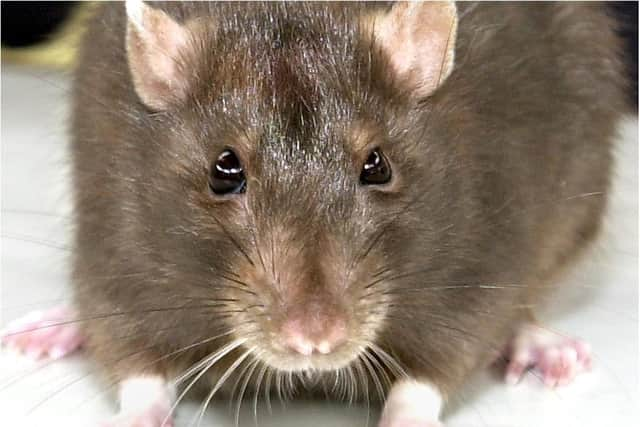Millions of rats running rampant across South Yorkshire during lockdown
and live on Freeview channel 276
The explosion of rats is down to the ‘perfect storm’ of carelessly discarded Christmas food waste, cold weather and the skyrocketing population of rodents over the last 12 months.
Pest controllers are issuing a stark warning to householders to be more careful as rats go in search of food during cold weather.
Advertisement
Hide AdAdvertisement
Hide Ad“The problems are huge – the rat population going into Winter was 25% higher than last year, and we are entering a cold period – rats are moving around trying to find food and shelter – many are attacking domestic bins, and anyone being careless about their rubbish will pay the price,” said Jenny Rathbone from Pest.co.uk


Most homes produce large quantities of food waste over Christmas and with less frequent waste collections – bins are overflowing. The advice is to avoid placing any food waste outside of a secure bin. The warning is even extended to cardboard and wrapping paper, which make perfect bedding materials for rats seeking shelter.
2020 has been a bumper year for rats – with the UK population up 25 per cent caused by lockdowns, vacant commercial property, and poor waste management. However, many rats are now being forced to move towards residential areas are commercial food sources are drying up.
The other worrying news is that 74 per cent of rats now carry a “hybrid-resistance” to common pest control poisons – which could mean next year rat infestations are harder (or more expensive) to control.
Advertisement
Hide AdAdvertisement
Hide AdThe recent 2019-20 Campaign for Responsible Rodenticide Use survey of rats showed that three-quarters of rats in the UK carried a resistance gene to popular rodenticides, and even more worrying in some locations in the UK, 20% have two different genes, making them super resistant.
“More and more people are seeing rats in the open – this is a sign that numbers are very high. We are heading for a cold snap, and rats are busy raiding food sources and bedding down – calls for infestations are already increasing”, said Ms Rathbone.